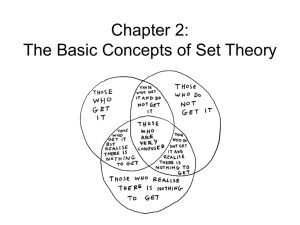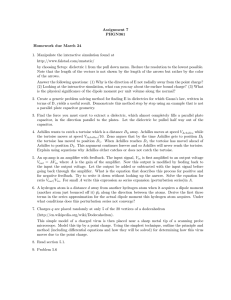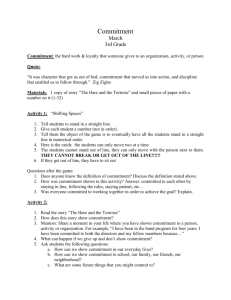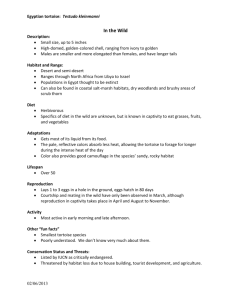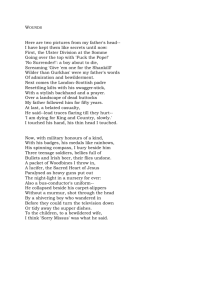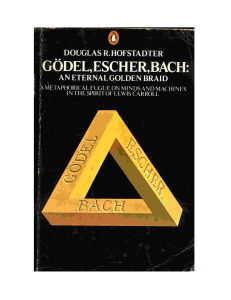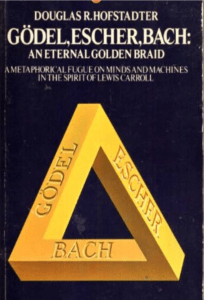chapter 2
advertisement
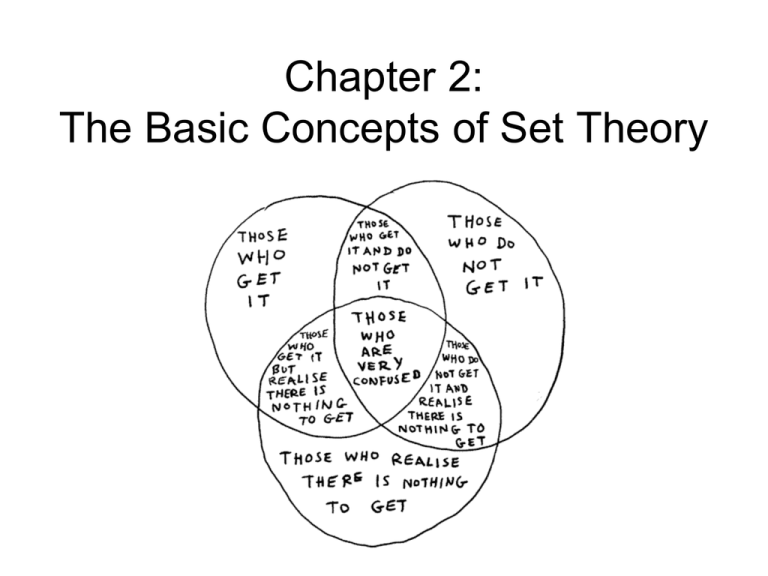
Chapter 2:
The Basic Concepts of Set Theory
Sets
A set is a collection of distinguishable
objects (called elements)
•Can define in words
•Can list elements explicitly
•Can use set-builder notation
Sets must be well-defined.
Sets of Numbers
•Natural/Counting numbers {1, 2, 3,…}
•Whole Numbers {0,1, 2, 3,…}
•Integers {…, -2, -1, 0, 1, 2, … }
•Rationals {p/q | p,q are integers and q≠0}
•Reals {x | x is a number that can be written
as a decimal}
(For now we won’t focus on the rationals and reals, we will
come back to them in Chapter 6)
Some Notation and Terminology
• Sets are denoted by A,B,C, etc, elements are often
a,b,c,…
• x ∈ A means x is an element of A
• x ∉ A means x is not an element of A
• n(A)= number of distinct elements in A, called the
cardinal number of A. If n(A) is a whole number
then A is a finite set. Otherwise it is an infinite
set.
• The empty set: or { }
• The universal set U
Equality, Complements and Subsets
•The complement of a set A
within U, denoted A’, is the set
of all elements of U that are
not in A: A’= {x|x ∈ U and x ∉
A}
•A is a subset of B if every
element of A is also an
element of B: A ⊆ B
•A is equal to B if every element of A is in B and every
element of B is in A. A=B means A ⊆ B and B ⊆ A.
Proper Subsets and
Number of Subsets
• A is a proper subset of B if A ⊆ B and
A ≠ B, denoted by A ⊂ B. So every
element of A is in B and B contains
something that is not in A.
• Number of subsets of a set with n
elements is 2n
• Number of proper subsets is 2n-1
Operations on Sets
The intersection of A and B is
A ⋂ B = {x | x ∈ A and x ∈ B}
The union of A and B is
A ⋃ B = {x | x ∈ A or x ∈ B}
The difference of A and B is
A – B = {x | x ∈ A and x ∉ B}
Some Useful Results
Cardinal number formula:
n(A ⋃ B) = n(A) + n(B) – n(A ⋂ B)
De Morgan’s Laws:
(A ⋃ B)’ = A’ ⋂ B’
(A ⋂ B)’ = A’ ⋃ B’
Ordered Pairs
and Cartesian Product
In the ordered pair (a,b), a is called the first
component and b is called the second
component. In general, (a,b) ≠ (b,a).
The Cartesian product of A and B is
A x B = { (a,b) | a ∈ A and b ∈ B}.
We have: n(A x B) = n(A) x n(B)
Wine Tasting Survey
102 people are surveyed at a party:
• 99 like Spanada
• 96 like Ripple
• 99 like Boone’s Farm Apple Wine
• 95 like Spanada and Ripple
• 94 like Ripple and Boone’s
• 96 like Spanada and Boone’s
• 93 like all 3
Survey Example #28, page 73
Country-Western songs have three themes: love, prison and
trucks. Survey from local station has this data:
• 12 songs about a truck driver who is in love while in prison
• 13 about a prisoner in love
• 28 about a person in love
• 18 about a truck driver in love
• 3 about a truck driver in prison who is not in love
• 2 about people in prison who are not in love and do not
drive trucks
• 8 about people who are out of prison, are not in love, and
do not drive trucks
• 16 about truck drivers who are not in prison
Equivalent sets and Infinite Sets
Sets with the same cardinality can be put in
a one-to-one correspondence.
If n(A) = n(B), then A and B are equivalent,
and we write A ~ B.
A set is infinite if it can be placed in one-toone correspondence with a proper subset of
itself.
Countability
The set of counting numbers is infinite and
has cardinality χ0. (aleph-null)
A set is countable if it is finite or has
cardinal number χ0.
The set of reals is uncountable and has
cardinality c.
(so there are different infinities!)
Achilles and the Tortoise
Achilles, if he starts out behind a tortoise, can
never overtake the tortoise even if he runs faster:
Suppose Tortoise has a head start of one meter
and goes one-tenth as fast as Achilles. When
Achilles reaches the point where the tortoise
started, Tortoise is then one-tenth meter ahead.
When Achilles reaches that point, Tortoise is onehundredth meter ahead. And so on. Achilles gets
closer but he can never catch up!
